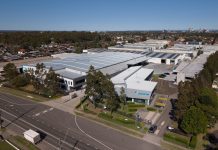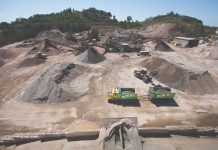
Australia’s national science agency CSIRO has developed a patented low-emission process for creating high-purity, high-value magnesium, which could lead to the establishment of the world’s first net-zero magnesium foundry in Victoria.
Tim Pallas, the state’s minister for economic development, visited the science agency’s base in Clayton and announced that the government is co-funding the feasibility study.
“Net zero, large-scale production of magnesium would make Victoria a global export leader, secure supply of a critical mineral for Australian manufacturers, and create hundreds of jobs,” said Pallas.
Developed by CSIRO and critical minerals startup Magnium, MagSonic nozzle hypersonically cools molten magnesium into a fine powder of greater than 99.8 per cent purity, which can be pressed into ingots for transport.
Magnesium is used to add strength to aluminium alloys used in parts casting, aerospace manufacturing, laptops, as well as other electronic goods.
The study seeks to explore ways for Magnium to scale-up technology and build a magnesium refinery in Victoria.
If proven viable, the end-product is expected to make Victoria and Australia major players in a $7 billion global industry and set new benchmarks for clean production.
According to Magnium, the planned Victorian foundry is expected to produce up to 120 kilotons of magnesium for export per year, which is over 10 per cent of the global supply, creating $1 billion in annual earnings at current prices.
“We are grateful for the ongoing support and foresight from the Victorian Government which enables the creation of companies like ours, building on local research to create new future industries here in Australia,” said Shilow Shaffier, chief executive of Magnium.
A media statement from the Victorian government said the planned foundry would create hundreds of construction jobs and involve a capital investment of hundreds of millions of dollars.
The facility would also support an estimated 350 ongoing jobs and reduce Australia’s reliance on the international mineral processing supply chain.
China produces 85 per cent of the world’s magnesium production using high-energy and labour-intensive methods, sourcing magnesite ore from countries including Australia.
CSIRO’s study is expected to be completed in early 2023 and will look into site locations, infrastructure planning, renewable energy usage, environmental and community impact, community engagement, engineering process flows, and planning permit requirements.


















